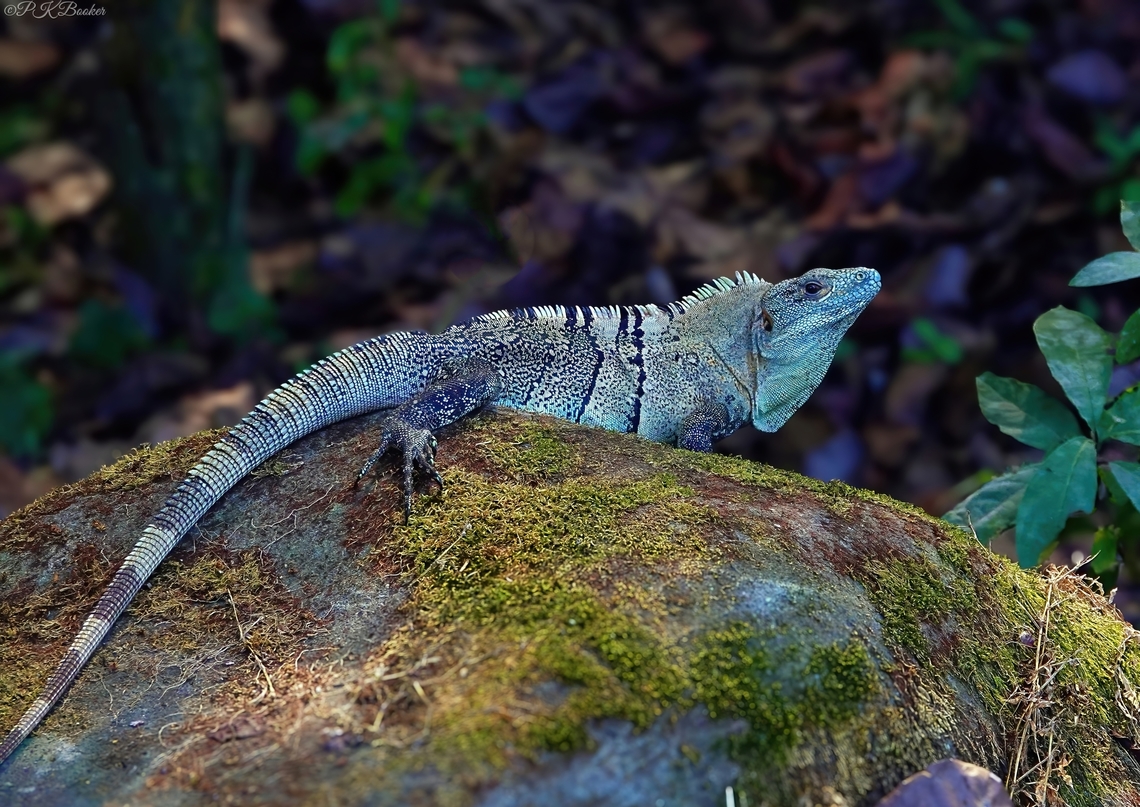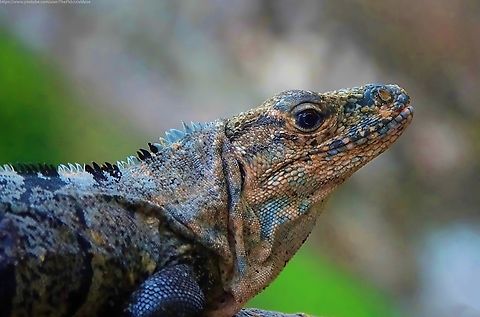 Promoted
Promoted
Black Spiny-tailed Iguana (Ctenosaura similis)
I know what you're thinking - this Iguana doesn't look particularly black? And of course you're right, because colours can be significantly variable even among individuals of the same population. However they all have distinctively black, keeled scales on their long spiny tails which gives them their common name and black polka-dot patterns on their legs.
Ctenosaura similis can be found throughout central America from the southernmost part of Mexico to the northernmost extremes of Columbia, but most commonly in Coasta Rica and Panama. They can be found in a range of habitats from dry and wet forests to open terrains such as savanna, grassland, and shrubland. They can also be found on sandy beaches, in coastal lagoons, marshes, and near urban areas.
This is a social, colony-living and territorial Iguana, most happy where there are rocks on which to bask, crevices in which to hide and trees into which they can climb with surprising agility.
This agility also extends to their speed on the the ground. This is the fastest lizard in the world, capable of speeds of over 20mph.
Despite their fearsome appearance adults are mostly herbivores, occasionally taking small animals and eggs, while juveniles tend to spend their time licking insects from the ground.
Reproduction occurs in the spring. Within 8 to 10 weeks of mating, the female digs a nest and lays a clutch of up to 30 eggs. When the eggs hatch 90 days later the hatchlings dig their own way out of the sand.
Other common names assigned to this Iguana include Gray’s Spiny-tailed Iguana, Black Iguana, Spiny-tailed Iguana, Scaly-tailed Iguana & Wish Willy.
I bet you're just dying to know where that last name came from?
Never fear - PK's here.
Wish-willy is the name given to this Iguana by the Creole people of Belize, known as Kriols.

"Ctenosaura similis", commonly known as the black spiny-tailed iguana, black iguana, or black ctenosaur, is a lizard native to Mexico, Central America, and some Colombian islands in the Caribbean Sea and Pacific Ocean. It has been introduced to the United States in the state of Florida. It is the largest species in the genus "Ctenosaura".
